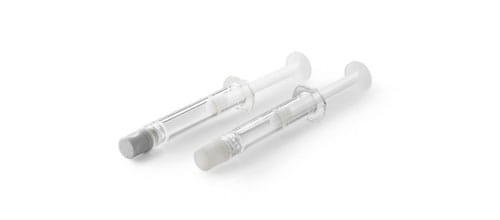Particles in Intravitreal Injections - Part II
In Part I of this two-part series, several of the challenges with USP<789> Particulate Matter in Ophthalmic Solutions were discussed. Namely, the limits were established before routine intravitreal injections existed and the same acceptance criteria are applied to two different particle detection methods with different capabilities. Other challenges include the mismatch between required analysis volume and the very small fill volumes of ophthalmic injections and the lack of translatable limits for the syringe system alone. Regardless of the potential gaps in the pharmacopeial chapter, it is nevertheless clear that for ophthalmic injections, the industry expectations are to strive for the lowest possible visible and subvisible particle levels that are achievable.
![]()

Packaging material selection is a key consideration in reducing particle loads. The Daikyo Crystal Zenith® Insert Needle Syringe may offer advantages over glass to reduce the risk of protein aggregation.1,2 Finally, FluroTec® barrier film-coated elastomers such as NovaPure® components reduce leachables that could potentially cause stability issues with a protein drug.
To find out more about the packaging and delivery options available for ophthalmic drug delivery, contact your Technical Customer Service (TCS) representative.
For more information please join West at the PharmaED 2019 Pre-Filled Syringes & Auto-Injectors Forum, February 27–28, 2019, at the Metro Meeting Center in Boston, MA.
FluroTec® and NovaPure® are registered trademarks of West Pharmaceutical Services, Inc., in the United States and other jurisdictions. FluroTec® technology is licensed from Daikyo Seiko, Ltd.Crystal Zenith® is a registered trademark of Daikyo Seiko, Ltd. Daikyo Crystal Zenith® technology is licensed from Daikyo Seiko, Ltd.



